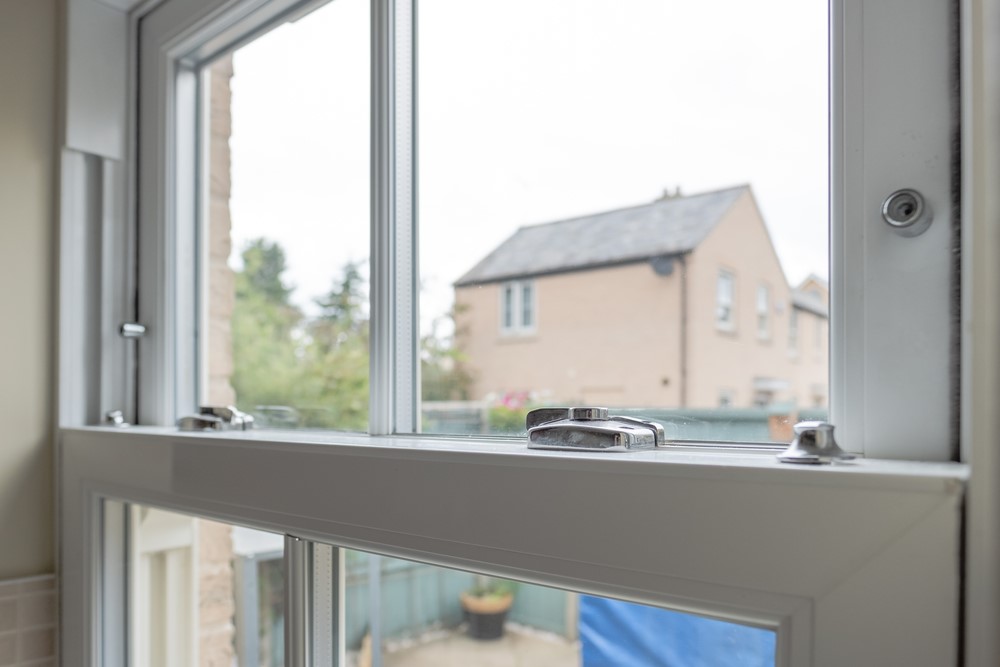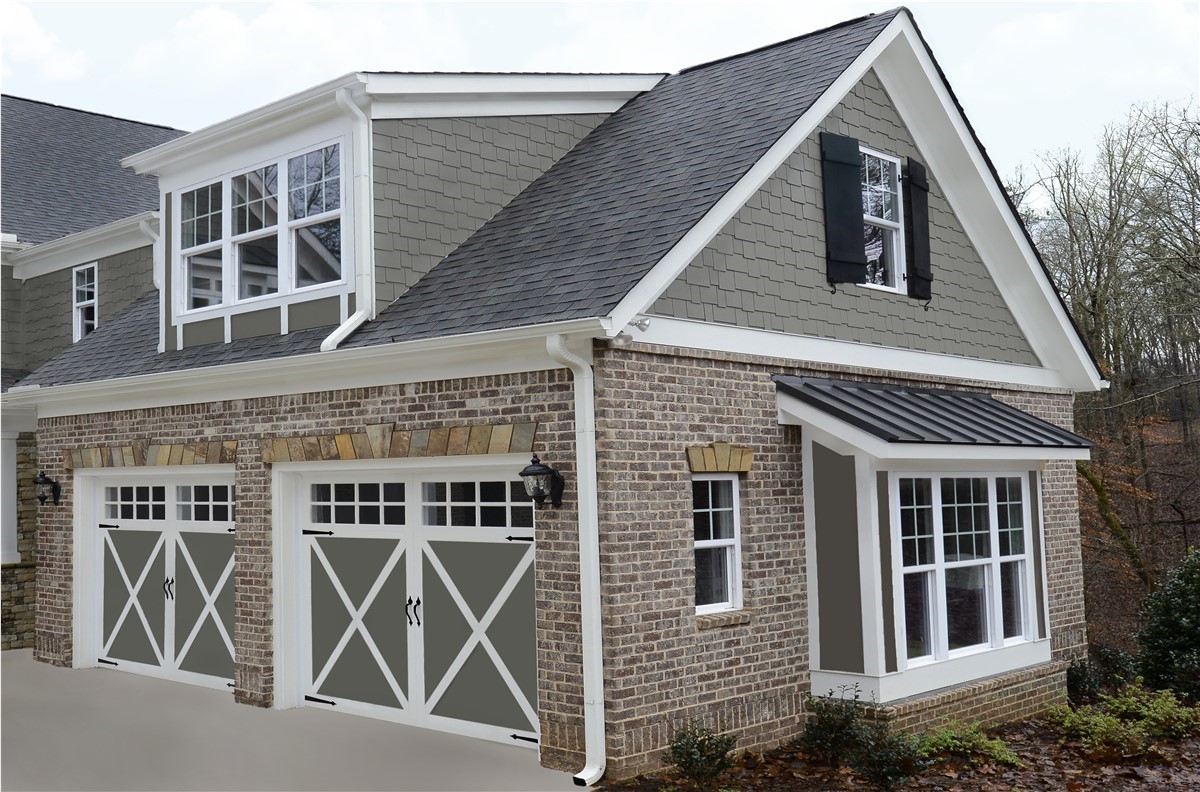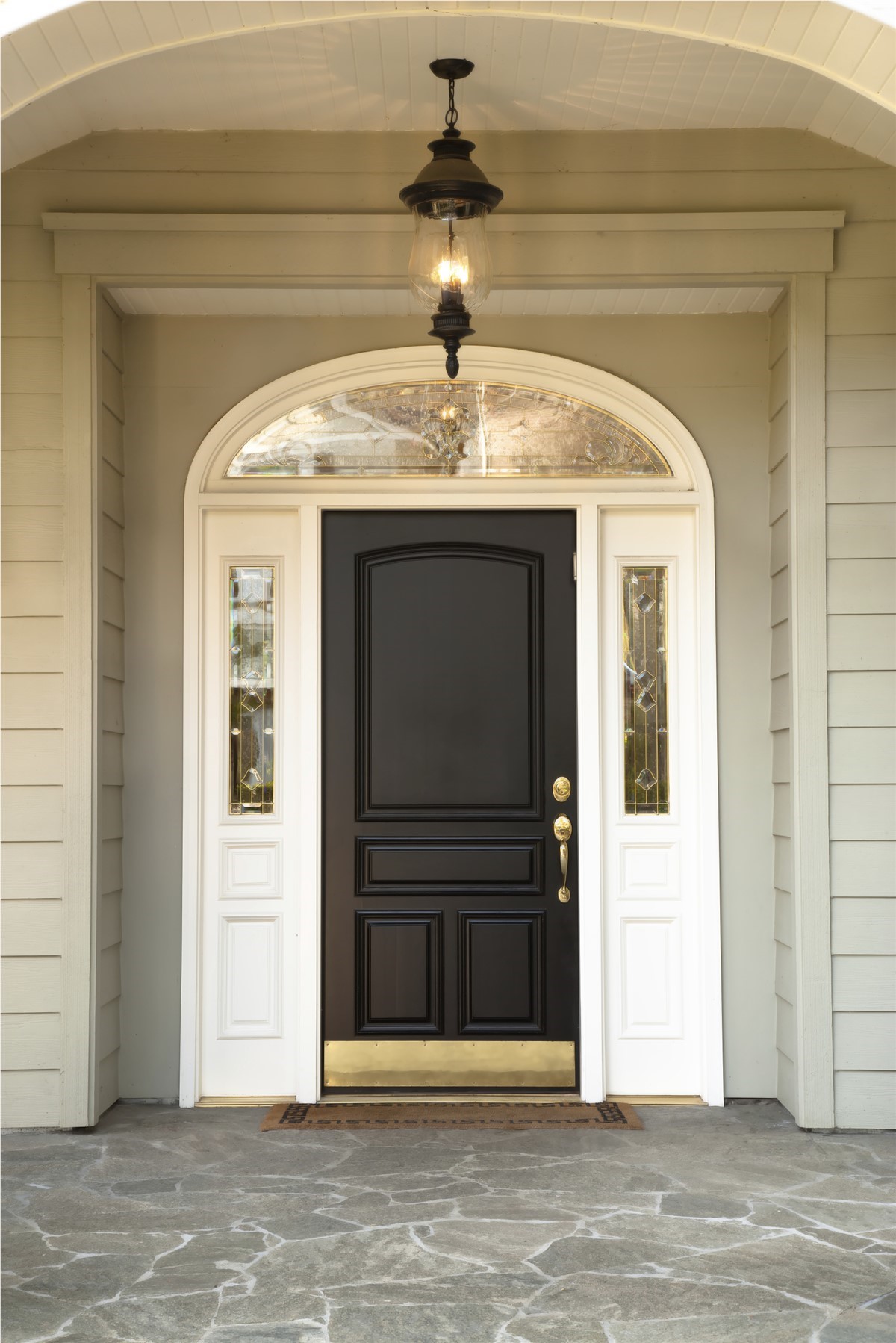Today I wanted to talk a little bit about "composite materials" as they relate to home improvement. Put simply composite materials are engineered materials that are made up of more than one component. There are number of different types of composite materials that are in use which cover a variety of applications, some better than others. My goal here today is to provide an overview of some of the most common applications of these materials.
First, is Fibrex. Fibrex is a material that is used by Andersen Windows on their Renewal Windows. This product is created by merging wood fibers with a polymer. The result is a durable material with good thermal properties. In order to provide a finished look as well as color options, Andersen adds a colored capstock to the Fibrex as it is extruded into window components. In my personal opinion this product does good job of eliminating many of the shortfalls found in traditional wood windows. Unfortunately, the performance of this material fails to achieve the performance level or warranty protection of the best vinyl window products, even though it typically costs significantly more than a vinyl window.
Next is Fiber Cement Board. The best known of these products is Hardie Board. Hardie board is a siding product manufactured by James Hardie. Like Fibrex, Hardie Board also incorporates wood fiber in its manufacture. However in the case of Hardie Board, rather than a polymer, the additional ingredient is a cement type material, hence the term, fiber cement board. This is, in my opinion, a very nice product. Compared to real wood siding, I believe this product to be superior in every way. Compared to vinyl siding, Hardie will typically cost more, but it looks much nicer. In fact when applied by a good craftsman, it can be very hard to tell apart from real wood. Good vinyl siding will also typically carry a lifetime warranty, but Hardie carries a 50 year warranty which to me, seems pretty close to lifetime. This is a product I would put on my home.
Another place where composite materials are frequently used is in the construction of decks. While normal lumber is generally used to build the supporting under-structure, there is a wide variety of materials available for use as the top surface of the deck. One of the most widely know of these products is something called Trex. Like the first two products, one of the main ingredients in Trex is wood fiber. The other primary component in Trex is recycled plastic. Some of the advantages of this material is that it is uniform from piece to piece, unlike lumber. Additionally it is resistant to the weather, is available in a variety of colors and is flexible so it can be used in curved designs that would not be possible with normal lumber. Unfortunately, as Trex (or other composite decking) ages, it will fade, become scratched etc. Where a real wood deck can be refinished and resealed, there is not much to be done to keep composite decking looking nice besides regular cleaning. I also have noticed that some cleaners can leave a powdery looking finish on these materials. While there are clearly some advantages to composite deck materials, individuals will have to decide if the extra cost is justified.
Clearly there are many other examples of "composite materials" out there that I have not touched on, but hopefully this has at least provided a good overview of some of the ways new materials are working their way into our homes. Keep in mind however that although something is new, doesn't always make it better. Manufacturer's of more traditional building products are constantly working to improve and refine their offerings as well. There is a reason that the overwhelming majority of replacement windows sold are vinyl, they perform very well and at price most people can afford.
Subscribe to Legacy Remodeling's Blog











Comments